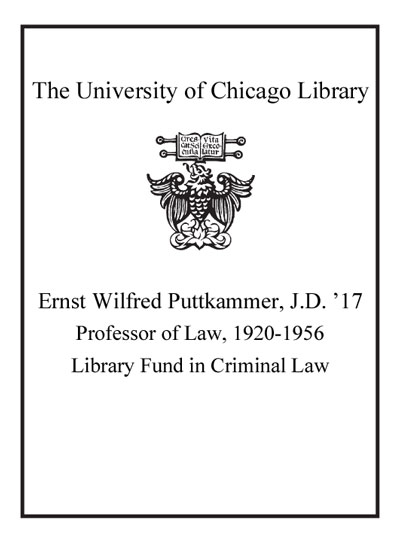Review by Choice Review
Lawrence (Portland State Univ.) explores what she calls "event-driven" topics. Focusing on a handful of well-publicized instances of police brutality in Los Angeles and New York in the 1990s, Lawrence shows how and why some instances of police brutality reach the level of scandal, become symbols of structural problems of the police, and receive sustained attention from the press, while others are regarded as isolated events and quickly fade. The reasons for the differential treatment have little to do with the extent of the injury, the outrageousness of the police conduct, or the numbers of people involved. Rather, they are a consequence of the media's willingness to seize on and exploit divisions within a community's political elite. When support for the police is widespread, instances of brutality are likely to be understood as rare and exceptional events, briefly reported but quickly forgotten. However, if there is a division of opinion about the police, the media may characterize a particular instance of police brutality as part of a larger and longer-term trend, continue to report it, and expand its coverage. Lawrence has presented the most penetrating analysis to date of the media's widely varying responses to police brutality. Recommended for professionals and for students of the police, race-relations, and the media. M. M. Feeley University of California, Berkeley
Copyright American Library Association, used with permission.
Review by Choice Review

